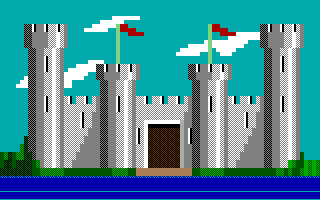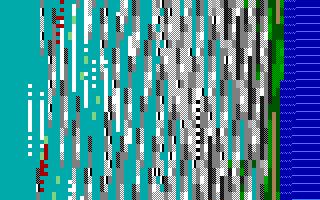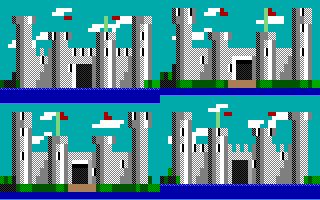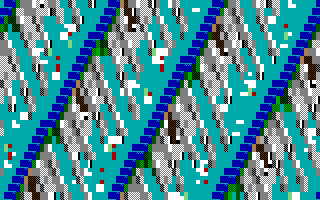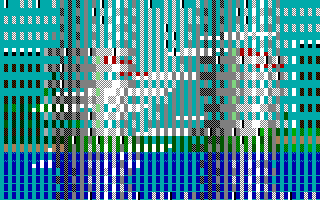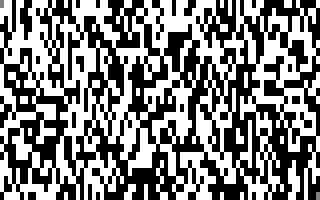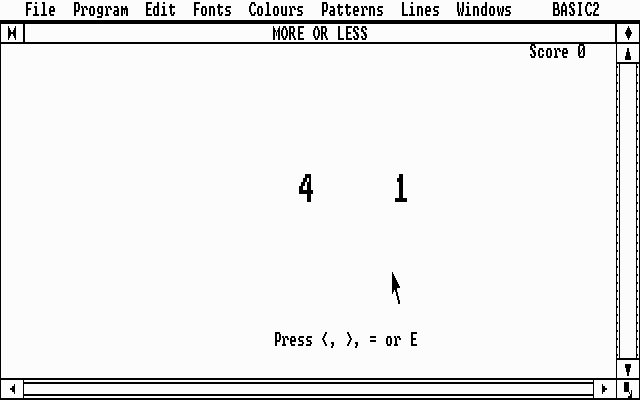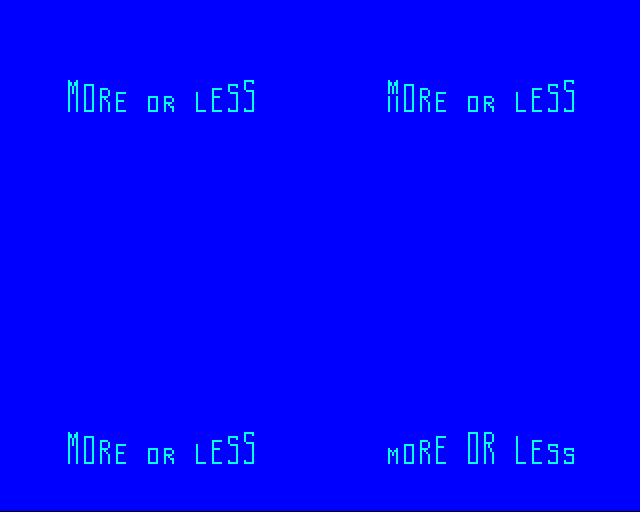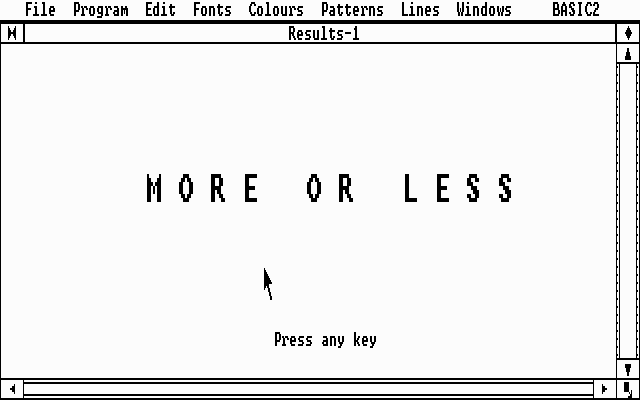For the most part I like the v3 GPL - it makes some things clearer and closes a few loopholes that allow people to violate the spirit of GPLv2 while sticking to the letter of it.
The one part I don't like is the anti-Tivoization clause. Not because I think it's draconian, but because I think that it is ineffective. Suppose you are Tivo and you want your users to only be able to use your signed version of some particular piece of GPLv3 software on it. All you have to do is split into two companies (Tivo Hardware and Tivo Software).
Tivo Hardware doesn't distribute any GPLv3 code at all - it just ships boxes which download software from some internet site, check that it is signed correctly and then install it. Tivo Hardware is therefore not bound by GPLv3. Tivo Software just modifies GPLv3 software they way they want to, signs it it with some private key and then uploads to some internet site (the same one the Tivo boxes happen to download from). Tivo Software are not "conveying an object code with or specifically for use in a User Product", they're just distributing signed code as many (if not all) GNU/Linux distributions do. That it happens to be the same key that Tivo Hardware boxes accept is irrelevant - that's not Tivo Software's fault, Tivo Hardware could do that with anyone's public key.
If there was a way that the Tivoization clause could work, someone could really mess with the FSF by releasing a piece of hardware that didn't include any GNU software but would only run GNU software signed by the FSF.
Given that this clause is so easily circumvented it might as well not be there to simplify the license. While I appreciate what the FSF are trying to do with this clause I don't think there is any way to make it work reliably without being overly draconian. The "distribution to business" compromise is also weird and could possibly be thought of as a "code smell".
The other minor gripe I have with GPLv3 is that it is much longer and more difficult to understand than GPLv2. I guess that's an inevitable (and unfortunate) consequence of making it more lawyer-proof, though.
